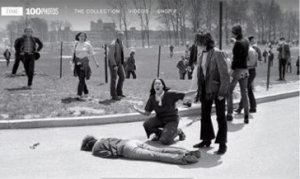Barneyhill
New Member
Many all the looters should sit down and look at how the young people in 1963 reacted to brutal racist reactions from policemen and firemen after all that cruel hatred no one looted no one burned no one sprayed vulgar on businesses or corporate buildings.
They were true American heroes. Sad their steadfast courage in the face of inhuman racism has been forgotten.
So sad.
They were true American heroes. Sad their steadfast courage in the face of inhuman racism has been forgotten.
So sad.


